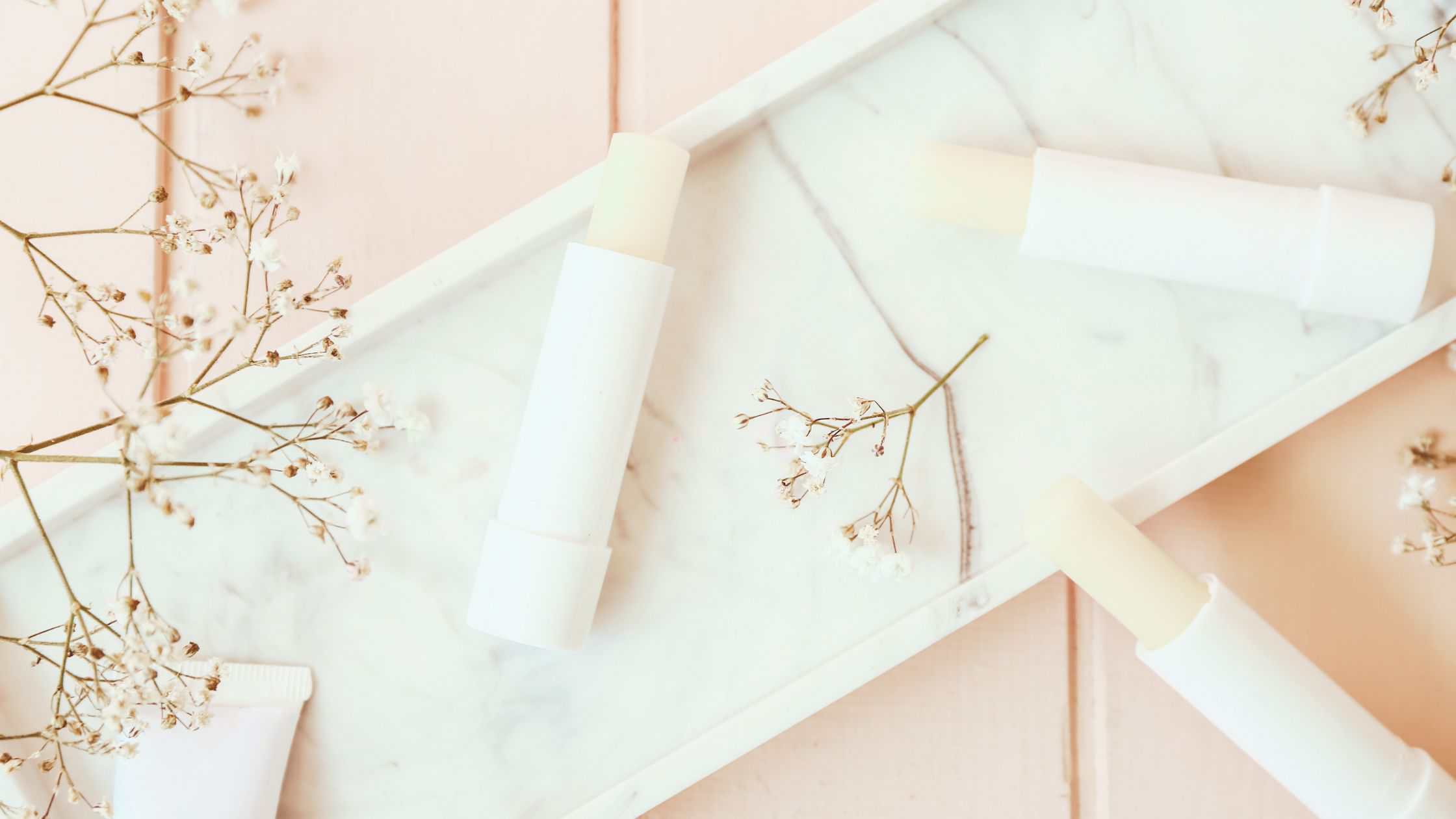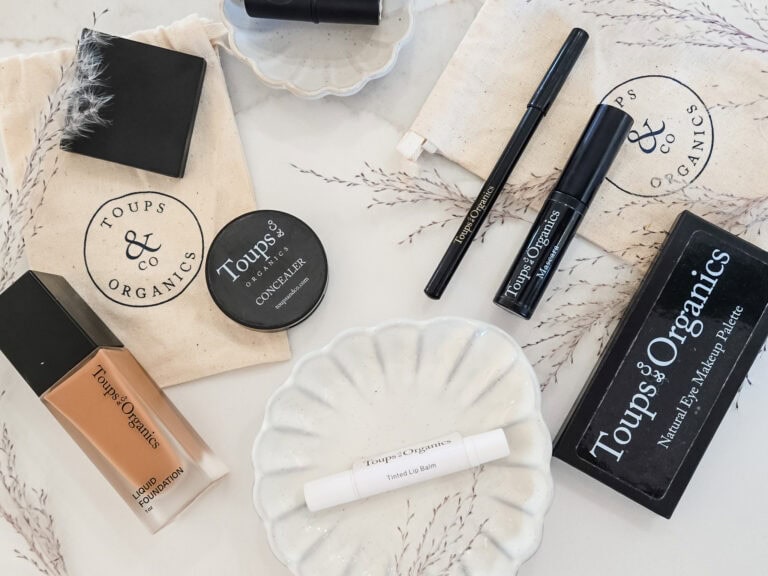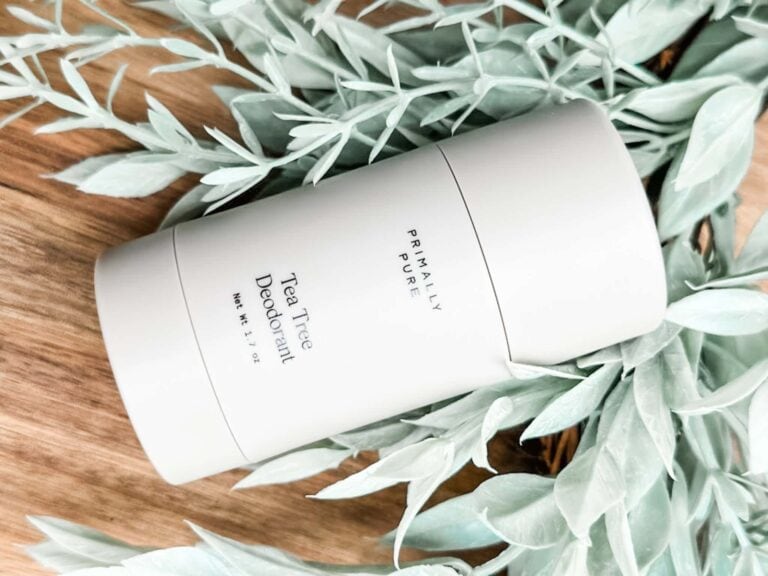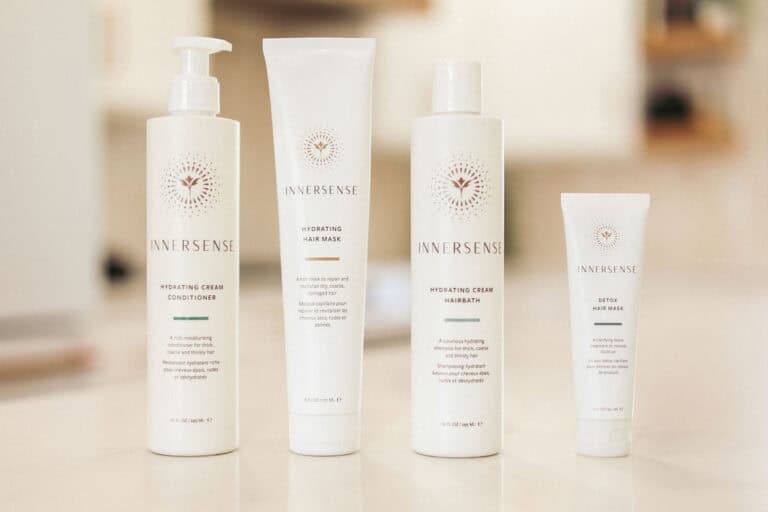The Ultimate Guide to Clean Lip Care: Ingredients to Avoid & What to Use Instead
When we think about skincare, most of us immediately picture cleansers, serums, and moisturizers for our face. Maybe body lotion or sunscreen comes to mind. But there’s one area of our skin that often gets overlooked—and ironically, it’s one of the most sensitive and exposed parts of our body: our lips.
Lips are not only a defining feature of our face; they’re also uniquely vulnerable. Unlike the rest of our skin, lips lack sebaceous (oil) glands and have only a thin stratum corneum (the protective outer layer of skin). This means they dry out faster, are more prone to cracking, and are directly exposed to everything we put on them—from lip balms and glosses to lipsticks and scrubs.
Because we also ingest trace amounts of whatever we apply to our lips (studies estimate up to 4 pounds of lip product over a lifetime), what we use on them truly matters for both health and beauty. No wonder certain lip products would leave me with a stomachache.
Let’s explore why clean lip care is so important, highlight some harmful ingredients that sneak into conventional lip products, and share healthier, science-backed alternatives that can nourish and protect our lips.
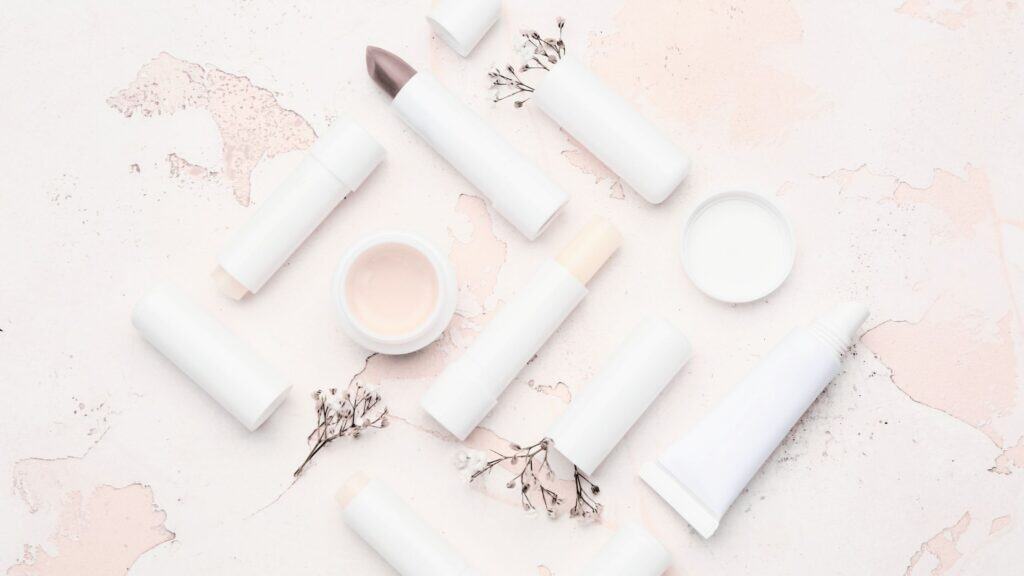
Why Lip Health Is About More Than Just Beauty
Our lips are more than a cosmetic concern—they’re an indicator of overall health. Dry, cracked lips can be a sign of dehydration, vitamin deficiencies (like B vitamins, zinc, or iron), or chronic exposure to irritants. Because lips are covered by such thin skin, they are also one of the first areas to show signs of sun damage, aging, and irritation.
The skin on our lips:
- Has no sweat or oil glands, meaning no natural moisture barrier.
- Is 3–5 times thinner than facial skin, making it more permeable.
- Is highly vascularized (lots of blood vessels close to the surface), which is why they appear red or pink and why ingredients are more easily absorbed.
This permeability means that what we apply doesn’t just sit on the surface—it can penetrate and even enter the bloodstream. That’s why “clean” lip care is not just about avoiding chapped lips; it’s about avoiding chronic exposure to harmful substances and supporting the skin barrier with nourishing, safe ingredients.
Join the HSIB Instagram Community!
Harmful Ingredients Lurking in Conventional Lip Products
It might surprise you to learn how many mainstream lipsticks, balms, and glosses contain ingredients that are either irritating, allergenic, or potentially toxic with repeated use. Here are some common culprits:
1. Petroleum Jelly (Petrolatum)
Derived from petroleum, petrolatum is a common base in lip balms. While it does create a barrier to lock in moisture, if it’s not fully refined, it can contain polycyclic aromatic hydrocarbons (PAHs), which are linked to cancer. Even when purified, it’s not actually hydrating—it just sits on top of the lips without delivering nutrients.
2. Parabens
These preservatives (like methylparaben and propylparaben) are used to extend shelf life. However, research has shown parabens can mimic estrogen in the body, disrupting the endocrine system. Studies have even found parabens in breast tissue samples, raising concerns about cumulative exposure.
3. Phthalates
Often hidden under “fragrance” or used as a plasticizer in lip gloss, phthalates are linked to hormonal disruption, developmental issues, and reproductive harm. They’re banned in cosmetics in the EU, but still appear in U.S. products.
4. Synthetic Fragrance and Flavor
That “vanilla cupcake” scent or “cherry” flavor in your lip gloss? It could be made of dozens of undisclosed chemicals, many of which can irritate sensitive lips. Some fragrance compounds are allergens or endocrine disruptors.
5. Heavy Metals (Lead, Cadmium, Aluminum)
Independent testing has found trace amounts of heavy metals in many lipsticks. While a single application may be low risk, the issue is bioaccumulation—using these products daily for decades can add up. Lead, in particular, has no safe level of exposure and is linked to neurotoxicity.
6. Chemical Sunscreens (Oxybenzone, Octinoxate)
While SPF for lips is essential, some chemical filters used in lip balms have been linked to hormone disruption and skin irritation. They can also contribute to coral reef damage when washed off.
7. Phenol, Menthol, and Camphor
These ingredients are added to lip balms for a cooling or tingling effect. But here’s the problem: they can actually dry out lips more, creating a cycle of dependency where you feel like you need to reapply constantly.
8. Mineral Oil
Like petrolatum, mineral oil is a petroleum byproduct. It’s highly refined, but still functions as an occlusive layer without offering nutrients. Plus, its overuse can interfere with the skin’s natural ability to regulate moisture.
Ingredients That Truly Care for Your Lips
Now for the good news: there are plenty of natural, safe, and effective alternatives that not only soothe dryness but also support long-term lip health. The best clean lip products combine hydration, nourishment, protection, and barrier support.
1. Plant Butters (Shea, Cocoa, Mango)
Rich in fatty acids, vitamins, and antioxidants, plant butters deeply moisturize and help repair the delicate skin barrier. Shea butter, for instance, contains stearic and oleic acids that soften and smooth lips while offering anti-inflammatory benefits.
2. Botanical Oils (Jojoba, Coconut, Almond, Rosehip, Avocado)
These oils mimic the natural lipids our skin lacks, replenishing moisture and providing nutrients. Jojoba oil is especially notable—it closely resembles our skin’s sebum and absorbs easily without greasiness.
3. Beeswax or Plant Waxes (Candelilla, Carnauba)
These natural waxes lock in moisture, provide a protective barrier, and give lip balms their structure. Unlike petroleum-derived waxes, they allow the skin to breathe and are packed with beneficial compounds.
4. Vitamin E (Tocopherol)
A powerful antioxidant, vitamin E helps protect lips from oxidative stress, supports healing, and extends the shelf life of natural oils.
5. Zinc Oxide (Non-Nano)
If you want sun protection without the risks of chemical sunscreens, zinc oxide is the gold standard. Non-nano zinc sits on top of the skin, reflecting UV rays, without being absorbed systemically.
6. Hyaluronic Acid (HA)
HA draws water into the skin, helping plump and hydrate lips. Low molecular weight HA can penetrate deeper layers, while high molecular weight sits on top for instant hydration.
7. Aloe Vera
Soothing and hydrating, aloe is great for repairing chapped or irritated lips. It also has antimicrobial properties to prevent infection in cracked lips.
8. Plant Extracts (Chamomile, Calendula, Green Tea)
These botanicals bring anti-inflammatory and antioxidant benefits. Calendula, for instance, is known for accelerating wound healing, while green tea provides polyphenols that protect against free radical damage.
Featured Products
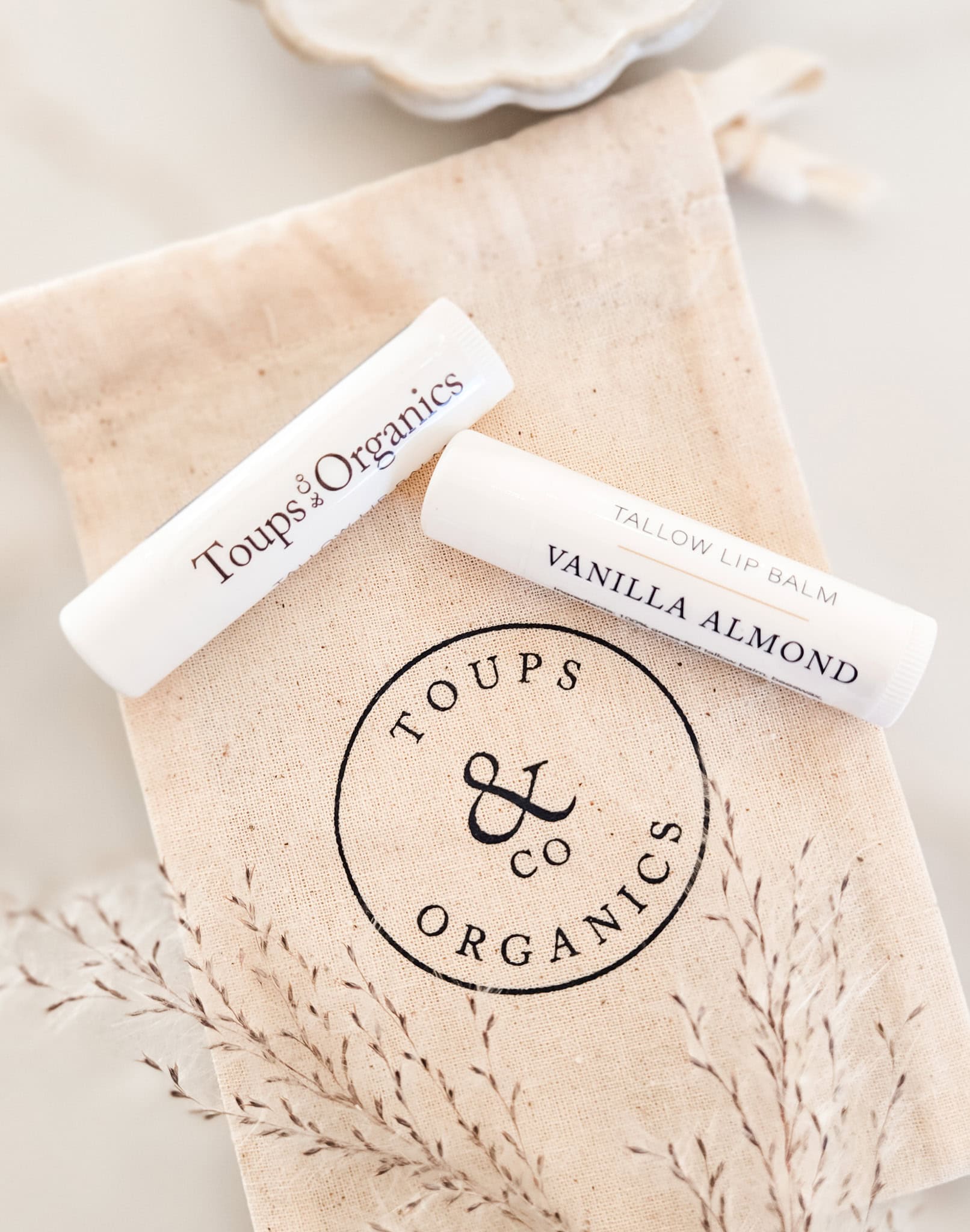
Toups + Co. Organics Lip Balm
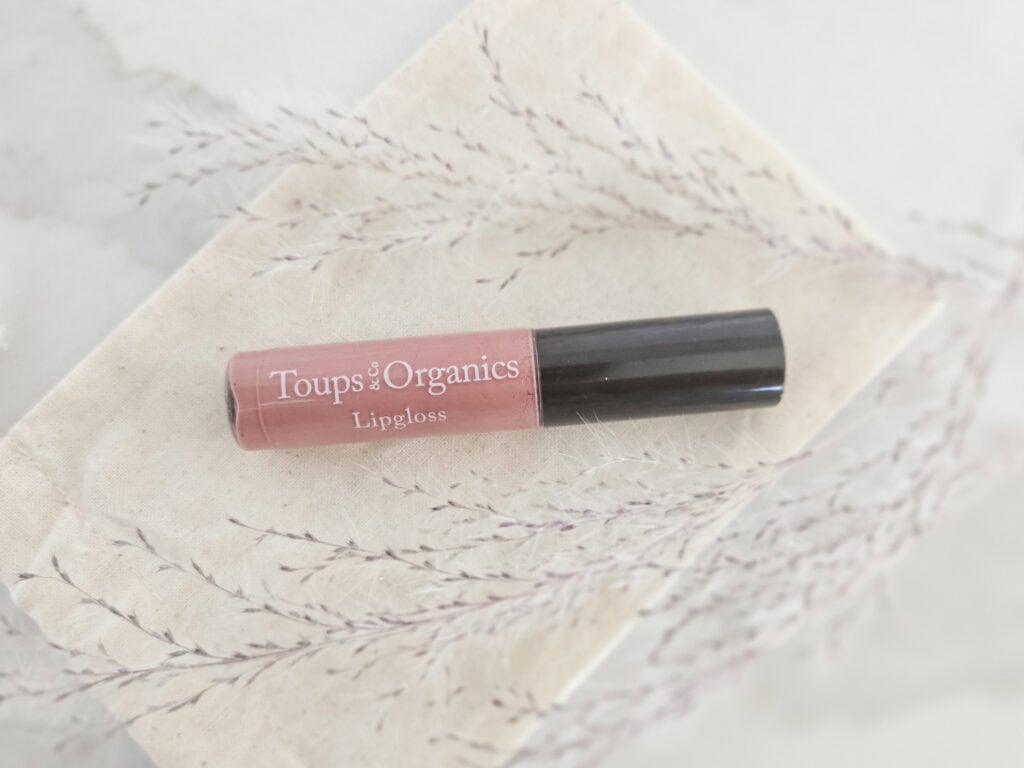
Toups + Co. Organics Lip Gloss
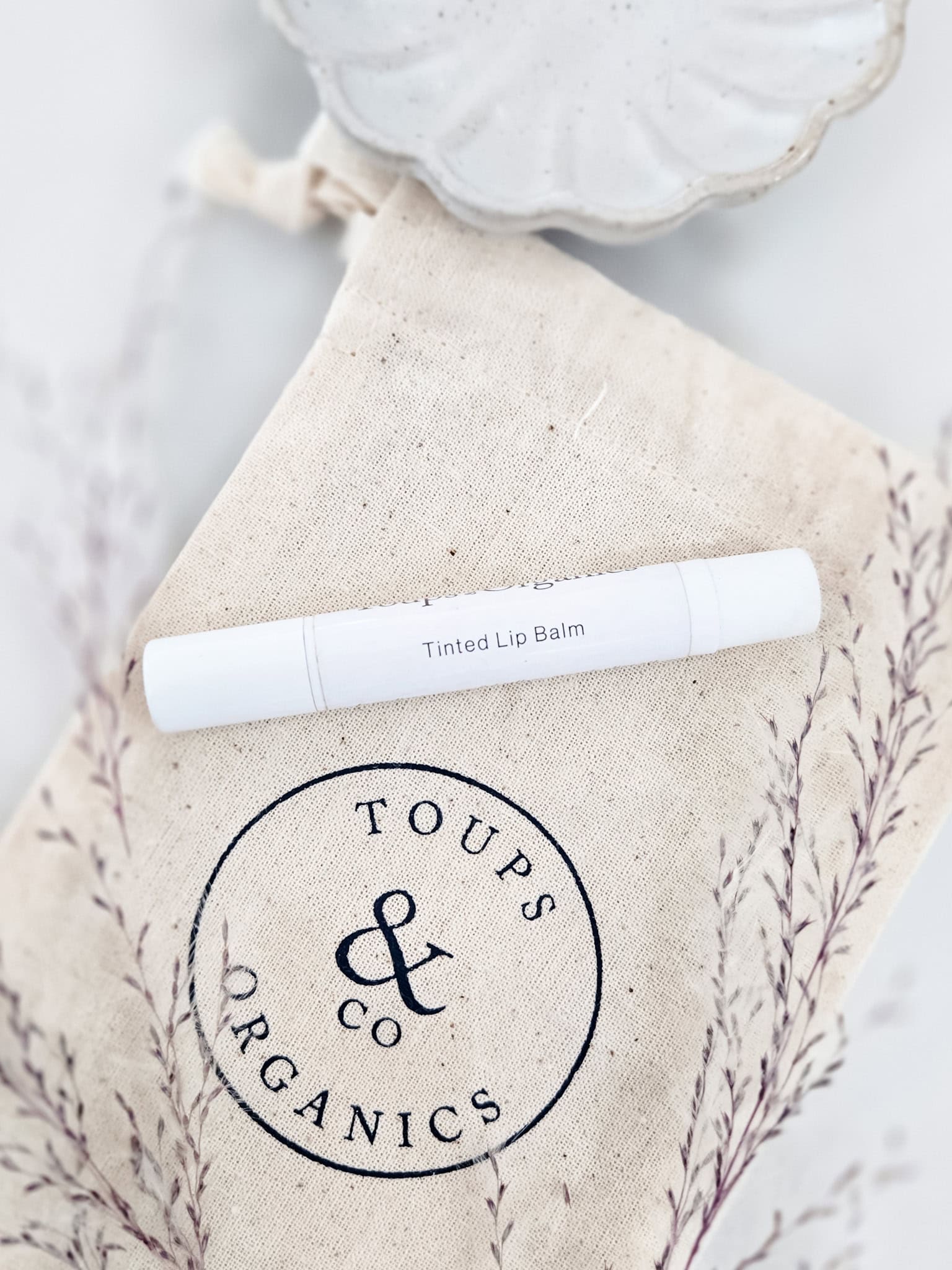
Toups + Co. Organics Tinted Lip Balm
Lip Tips for Better Lip Health
It’s not just about what’s in your balm—it’s also how you care for your lips daily. Here are some evidence-based tips:
- Stay Hydrated: Dehydration is one of the top causes of dry lips. Aim for adequate water intake throughout the day.
- Use SPF Daily: Just like your face, your lips can burn and develop skin cancer. Studies have shown that UV exposure accelerates lip aging. Choose a clean lip balm with mineral SPF.
- Avoid Licking Your Lips: Saliva evaporates quickly, leaving lips drier. Enzymes in saliva can also irritate the delicate skin.
- Exfoliate Gently: Once a week, use a gentle sugar or oat-based scrub to remove dead skin. Don’t overdo it—too much exfoliation can damage the barrier.
- Apply Before Bed: Nighttime is when your skin repairs itself. Applying a nourishing balm before bed helps with overnight recovery.
- Check the Ingredients: The fewer synthetic additives, the better. Look for short, recognizable ingredient lists.
More recent posts
Switching to clean lip care is more than just a wellness trend—it’s an act of long-term self-care. Every time you apply a product, you’re either feeding your lips with nutrients or exposing them to unnecessary toxins. Because of the unique vulnerability of lips and the fact that we ingest what we put on them, it’s one of the most important areas to “go clean.”
Our lips deserve the same thoughtful care we give the rest of our skin. When you choose clean, nourishing ingredients, you’re not only protecting your smile—you’re also supporting your overall health, one application at a time.
Final Thoughts
Clean lip care is about prevention, nourishment, and mindfulness. It’s recognizing that the tiny tube in your bag or pocket holds more influence over your health than you may have realized. By avoiding harmful ingredients like parabens, phthalates, and petroleum derivatives, and instead choosing nourishing butters, oils, and natural SPF, you can keep your lips soft, supple, and safe.
Your lips are the gateway to both expression and nourishment—they deserve protection and love. Investing in clean lip care is not vanity; it’s health.
Hey, Sweet Friend!
Welcome! I’m Ashley, a lover of beauty in all its facets. I am a hairstylist, writer, & girl mom passionate about helping women flourish by seeking beauty beyond the surface. I love to encourage women to create clean & healthy beauty habits & homes grounded in faith and live by my motto…clean, pretty, + simple. I would love for you to join me in your healthy beauty journey!

